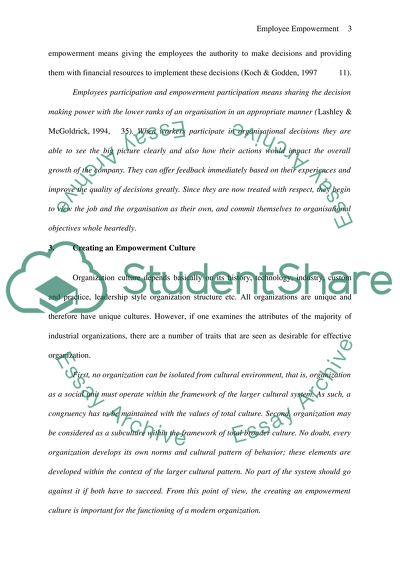Cite this document
(The Importance Of Employee Empowerment In The Global World Research Paper Example | Topics and Well Written Essays - 2250 words, n.d.)
The Importance Of Employee Empowerment In The Global World Research Paper Example | Topics and Well Written Essays - 2250 words. https://studentshare.org/human-resources/1528571-the-importance-of-employee-empowerment-in-the-global-world
The Importance Of Employee Empowerment In The Global World Research Paper Example | Topics and Well Written Essays - 2250 words. https://studentshare.org/human-resources/1528571-the-importance-of-employee-empowerment-in-the-global-world
(The Importance Of Employee Empowerment In The Global World Research Paper Example | Topics and Well Written Essays - 2250 Words)
The Importance Of Employee Empowerment In The Global World Research Paper Example | Topics and Well Written Essays - 2250 Words. https://studentshare.org/human-resources/1528571-the-importance-of-employee-empowerment-in-the-global-world.
The Importance Of Employee Empowerment In The Global World Research Paper Example | Topics and Well Written Essays - 2250 Words. https://studentshare.org/human-resources/1528571-the-importance-of-employee-empowerment-in-the-global-world.
“The Importance Of Employee Empowerment In The Global World Research Paper Example | Topics and Well Written Essays - 2250 Words”. https://studentshare.org/human-resources/1528571-the-importance-of-employee-empowerment-in-the-global-world.


